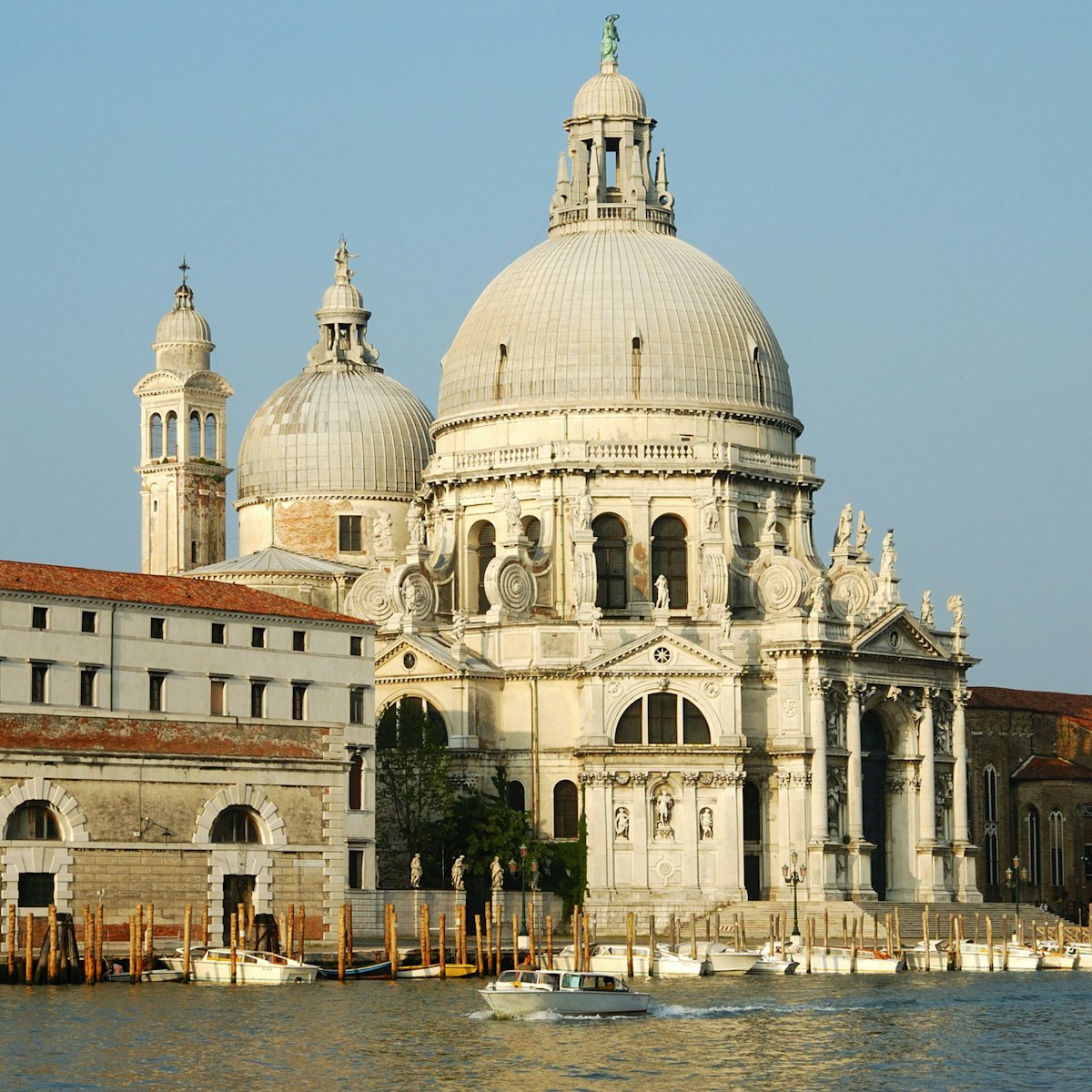Padua's version of the Sistine Chapel, the Cappella degli Scrovegni houses one of Italy's great Renaissance masterpieces – a striking cycle of Giotto frescoes. Dante, da Vinci and Vasari all honour Giotto as the artist who ended the Dark Ages with these 1303–05 paintings, whose humanistic depiction of biblical figures was especially well suited to the chapel Enrico Scrovegni commissioned in memory of his father (who as a moneylender was denied a Christian burial).
It's a simple brick building, with little indication from the outside of what lies within. It took Giotto two years to finish the frescoes, which tell the story of Christ from Annunciation to Ascension. Scrovegni's chapel once adjoined the family mansion (demolished in 1824) – the city of Padua acquired the chapel in 1881.
Giotto's moving, modern approach helped change how people saw themselves: no longer as lowly vassals, but as vessels for the divine, however flawed. And where medieval churchgoers had been accustomed to blank stares from saints perched on high thrones, Giotto introduced biblical figures as characters in recognisable settings. Onlookers gossip as middle-aged Anne tenderly kisses Joachim, and Jesus stares down Judas as the traitor puckers up for the fateful kiss. Giotto also used unusual techniques such as impasto, building paint up into 3D forms. A 10-minute introductory video provides some helpful insights before you enter the church itself.
Visits must be pre-booked. Tickets are available at the Musei Civici agli Eremitani, where you access the chapel, or at the tourist office. Chapel visits last 15 to 20 minutes (depending on the time of year), plus another 10 minutes for the video. Arrive at least 15 to 30 minutes before your tour starts, or an hour before if you want to get around the Musei Civici agli Eremitani beforehand.








